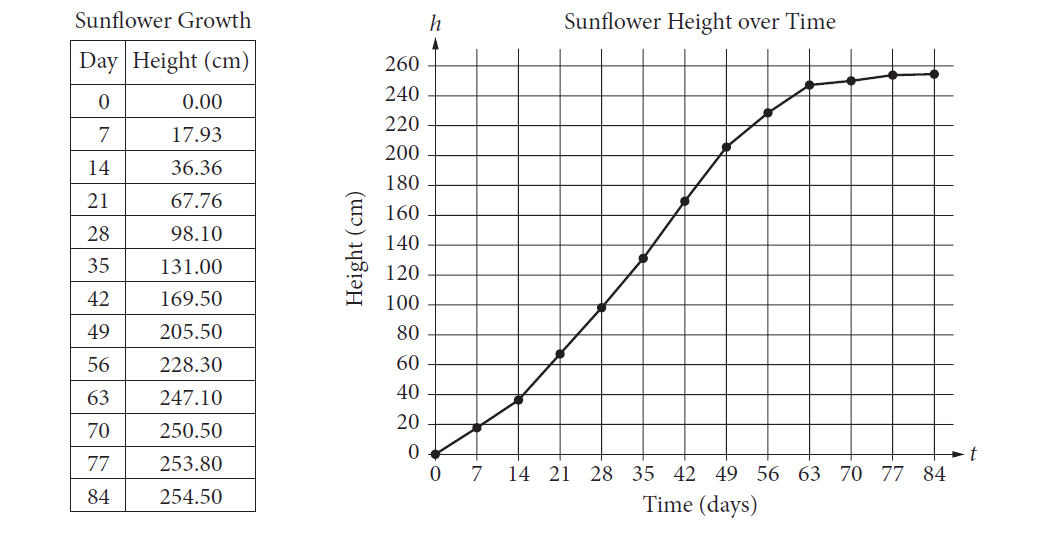In old sieve tubes at the end of growing season, which of the following gets deposited over sieve plate to regulate sugar transport :
P-protein
Callose
Lignin
ABA
The correct Answer is:2
To answer the question regarding what gets deposited over the sieve plate in old sieve tubes at the end of the growing season to regulate sugar transport, we can follow these steps:
1. Understanding Sieve Tubes: Sieve tubes are part of the phloem in plants and are responsible for the transport of sugars and other organic nutrients. They are composed of sieve elements that are aligned end to end.
2. Structure of Sieve Plates: At the ends of these sieve tubes, there are structures called sieve plates. These plates have numerous perforations that allow for the flow of sap (which contains sugars) between adjacent sieve elements.
3. Function of Sieve Plates: The sieve plates facilitate the movement of nutrients by connecting sieve tube elements. The perforations in the sieve plates are crucial for this transport.
4. Deposits on Sieve Plates: At the end of the growing season, certain substances can be deposited on these sieve plates. This deposition is a response to the aging of the sieve tubes and helps regulate the transport of sugars.
5. Identifying the Correct Substance: Among the options given (pre protein, callous, lignin, and ABA), the correct answer is callous. Callous is a substance that can be deposited on the sieve plates and plays a role in regulating the flow of sugars.
6. Conclusion: Therefore, the substance that gets deposited over the sieve plate in old sieve tubes at the end of the growing season to regulate sugar transport is callous.
Topper's Solved these Questions
- ANATOMY OF FLOWERING PLANTS BOOK - VMC MODULES ENGLISHCHAPTER - ANATOMY OF FLOWERING PLANTS EXERCISE - EFFICIENT
49 Videos
- ANATOMY OF FLOWERING PLANTS BOOK - VMC MODULES ENGLISHCHAPTER - ANATOMY OF FLOWERING PLANTS EXERCISE - IMPECCABLE
59 Videos
- ANATOMY OF FLOWERING PLANTS BOOK - VMC MODULES ENGLISHCHAPTER - ANATOMY OF FLOWERING PLANTS EXERCISE - IMPECCABLE
59 Videos
- BIODIVERSITY AND CONSERVATIONBOOK - VMC MODULES ENGLISHCHAPTER - BIODIVERSITY AND CONSERVATIONEXERCISE - IN-CHAPTER EXERCISE-B
10 Videos
Similar Questions
Knowledge Check

In 1919, H. S. Reed and R. H. Holland published a paper on the growth of sunflowers. Included in the paper were the table and graph above, which show the height h, in centimeters, of a sunflower t days after the sunflower begins to grow.
Over which of the following time periods is the average growth rate of the sunflower least?ADay 0 to Day 21BDay 21 to Day 42CDay 42 to Day 63DDay 63 to Day 84The breakdown of a sample of a chemical compounds is represented by the function p(n)=300(0.5)n, where p(n) represents the number of millligrams of the substance that remains at the end of n years. Which of the following is true?
I. 300 represents the number of milligrams of the substance that remains after the first year.
II. 0.5 represents the fraction of the starting amount by which the substance gets reduced by the end of each year.
III. Each year the substance gets reduced by one-half of 300.AI onlyBII onlyCI and III onlyDII and III onlyVera is on her school's track and field term. In a partice long-jump competition against her temmates, she gets 5 points for landing over the nearer line and 10 points for landing over the more distant line. She gets a total of 7 jumps and lands x times over the more distant line and the rest of the times over the nearer line. Which of the following equations represents the relationship between Vara's total score, y, and the number of times she lands over the more distant line, x ?
Ay=10xBy=5x+35Cy=10x+5Dy=70−5x
When the pollen tube enters the embryo sac, which of the following cell usually gets burst on its entry:
View SolutionWhich of the following chemical substance acts as molecular sieve?
View SolutionWhich of the following cells helps in maintaining the pressure gradient in the sieve tubes?
View SolutionThe breakdown of a 500-milligram sample of a chemical compounds in the bloodstream is represente by the function p(n)=500(0.8)n, where p(n) represents the number of milligrams of the compound that remains at the end of n hours. Which of the following is true?
I. The amount of the compound present is decreasing by a constant amount.
II. Each hour the compound gets reduced by 20% of the amount present at the beginning of that hour.
III. Each hour the compound gets reduced by 80% of 500.
View SolutionA marketing team conducted a study on the use of smartphones. In a certain metropolitan area, there were 1.6 million smartphone users at the end of 2018. The marketing team predicted that the number of smartphone users would increase by 35 percent each year beginning in 2019. If y represents the number of smartphone users in this metropolitan area after x years, then which of the following equations best models the number of smartphone users in this area over time ?
View Solution
